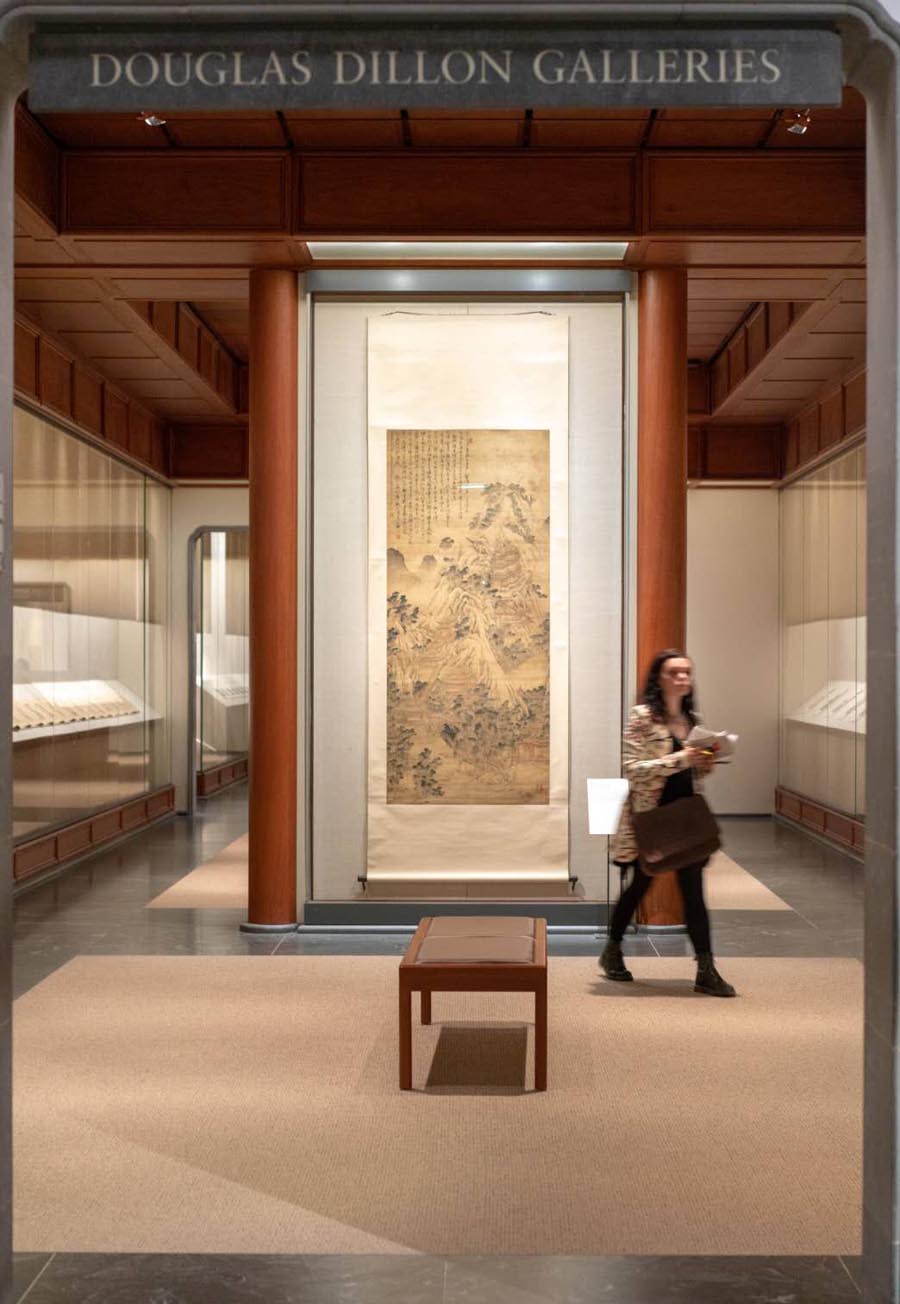 |
|
Current Met show Streams and Mountains without End: Landscape Traditions of China.[PHOTO BY GAO TIANPEI/CHINA DAILY] |
With a geologist mother who collected local artists as well as minerals, and a father who decorated their home walls with the Chinese painting and calligraphy works he was given while with the occupation army in Japan after World War II, Hearn had early exposure to art. Yet he remained agnostic until one semester break, as a business student from Yale, he paid a chance visit to the Nelson-Atkins Museum in Kansas City, Missouri.
"It wasn't any particular painting, but the whole museum with such a comprehensive display of Chinese art. It made me aware of the existence of a culture which I knew nothing about. I returned to Yale to take a course in Chinese art."
One course eventually led to a change of major. Before graduating Hearn was already an art history student with an honors paper on Chinese scholar gardens. He would go back to the Nelson-Atkins Museum, where the biggest metaphor of his life and career awaited.
"At Yale, I learned that you could actually contact a museum and ask to see things in storage. So I wrote to Laurence Sickman, director of the Nelson-Atkins Museum and a Chinese art historian who wrote my textbooks."
There was no reply. So on a Monday morning in the summer of 1971 Hearn stopped in front of the museum's great bronze door, having driven from Salt Lake City on his way to Indiana, where the art student with no job in sight had planned to work on a friend's farm.
"Back then, I didn't know that museums are closed on Mondays. But before leaving, I told myself that I should at least walk around and see if there was a back door."